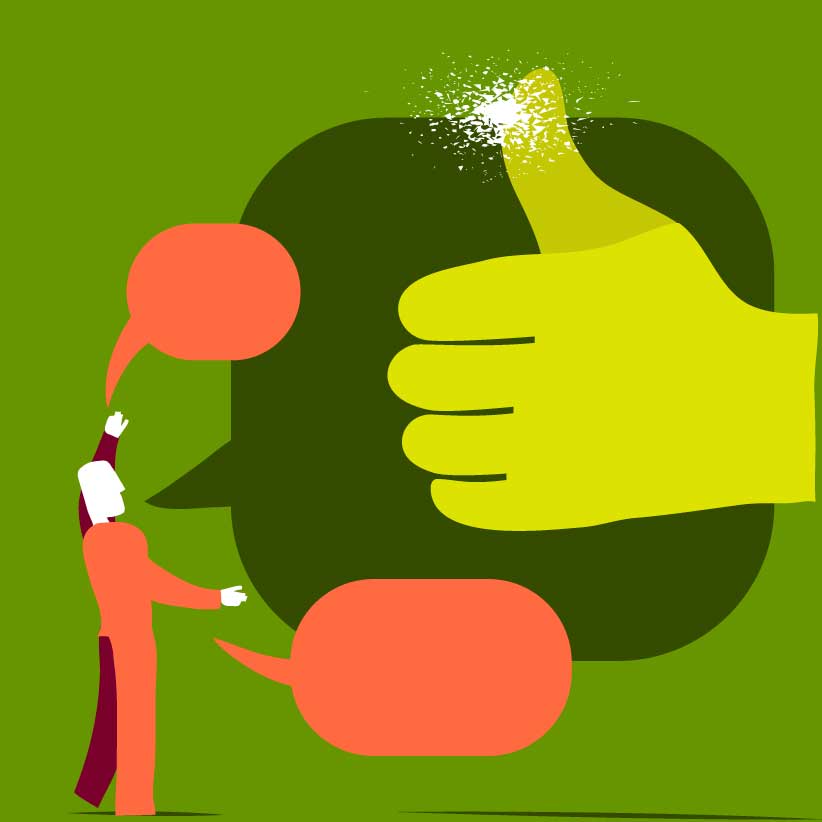Media: Media: Analysis and Brand Strategy
From mass media to social networks, how has communication changed? An essential analysis to understand its role in brand management.
In this guide you will find:
What Is Media?
Beyond being mere channels for transmitting information, media are complex technological and institutional systems that mediate our perception of reality. They function as apparatuses of symbolic construction, where meanings are negotiated, agendas are set, and collective imaginaries are shaped. For design, communication, and branding, they are not simple vehicles for messages, but the ecosystem where brands are born, compete, and acquire cultural relevance. To understand a medium is to comprehend its language, its limitations, and its power to contextualize and legitimize narratives.
What Is the Function of Media?
The classic functions of informing, educating, and entertaining are insufficient for a rigorous analysis. From a strategic perspective, the key functions of media are agenda-setting, determining what topics the public thinks about; framing, defining how those topics are interpreted; and articulating public discourse, giving voice and visibility to certain actors while silencing others. For brands, the primary function of media is to act as a stage for perception management, enabling not only the dissemination of messages but also reputation building, crisis management, and the consolidation of a position in the market and in culture.
What Types of Media Exist?
The traditional classification (press, radio, television) has been surpassed by digital convergence. A more analytical approach distinguishes them by their communication logic and their relationship with the audience. We can identify broadcast media, characterized by a one-to-many unidirectional model and a massive, passive audience (traditional television and radio); print media, which provide tangibility and a slower pace of consumption; and digital media, defined by interactivity, bidirectionality, and personalization. The latter have fragmented the media ecosystem, giving rise to hyper-segmented audience niches and the figure of the 'prosumer'—a user who not only consumes but also produces and distributes content.
How Does Media Influence Society?
The influence of media is structural and profound. They not only shape public opinion on current affairs but also cultivate long-term attitudes, values, and stereotypes (Cultivation Theory). They act as agents of socialization, transmitting norms and behavioral patterns that define what is acceptable, desirable, or marginal. This ability to construct social realities is what makes them a crucial power player. For branding, this influence is the capital to work with: a successful brand is one that manages to align its narrative with the cultural currents amplified by the media, eventually becoming a cultural artifact itself.
What Is Mass Media?
Mass media are defined by their ability to simultaneously reach a large, heterogeneous, and anonymous audience. Their model is based on centralized production and extensive distribution, typical of the industrial era. The large-circulation newspaper, the national radio network, or the generalist television channel are its archetypes. Their logic is that of the monologue: a powerful emitting voice addresses a mass of receivers. Although their hegemony has been challenged by the digital environment, their power to create large-scale attention phenomena and set the main agenda remains relevant.
What Is the Difference Between Traditional and Digital Media?
The fundamental difference is not technological, but structural and cultural. Traditional media operate under a logic of unidirectional communication, with a passive audience and metrics based on reach. Digital media, in contrast, are based on interactivity, participation, and conversation. The audience shifts from being a receiver to an active user, a node in a network. This radically transforms strategy: it moves from interrupting with a message (traditional advertising) to attracting with valuable content (content marketing). Metrics evolve from reach to engagement, conversion, and brand advocacy by the user.
How Has Media Evolved?
The evolution of media is a transition from monologue to conversation and from scarcity to abundance. The printing press enabled the massification of knowledge; radio and television created a shared public sphere and a homogeneous collective imaginary. The internet and Web 2.0 caused the disruption of this centralized model. The power to broadcast was democratized, fragmenting audiences and eroding the authority of traditional emitters. Today, brand communication cannot be limited to occupying a space in a medium; it must be able to create fluid and coherent narratives that travel across multiple platforms (transmedia), adapting to the language of each and encouraging the participation of an active and critical community.
Explore the Fundamental Concepts of Media
Delve deeper into the core areas of this discipline with our specialized guides.

How to build professional authority and overcome the problem of convincing the clients when presenting designs to them

